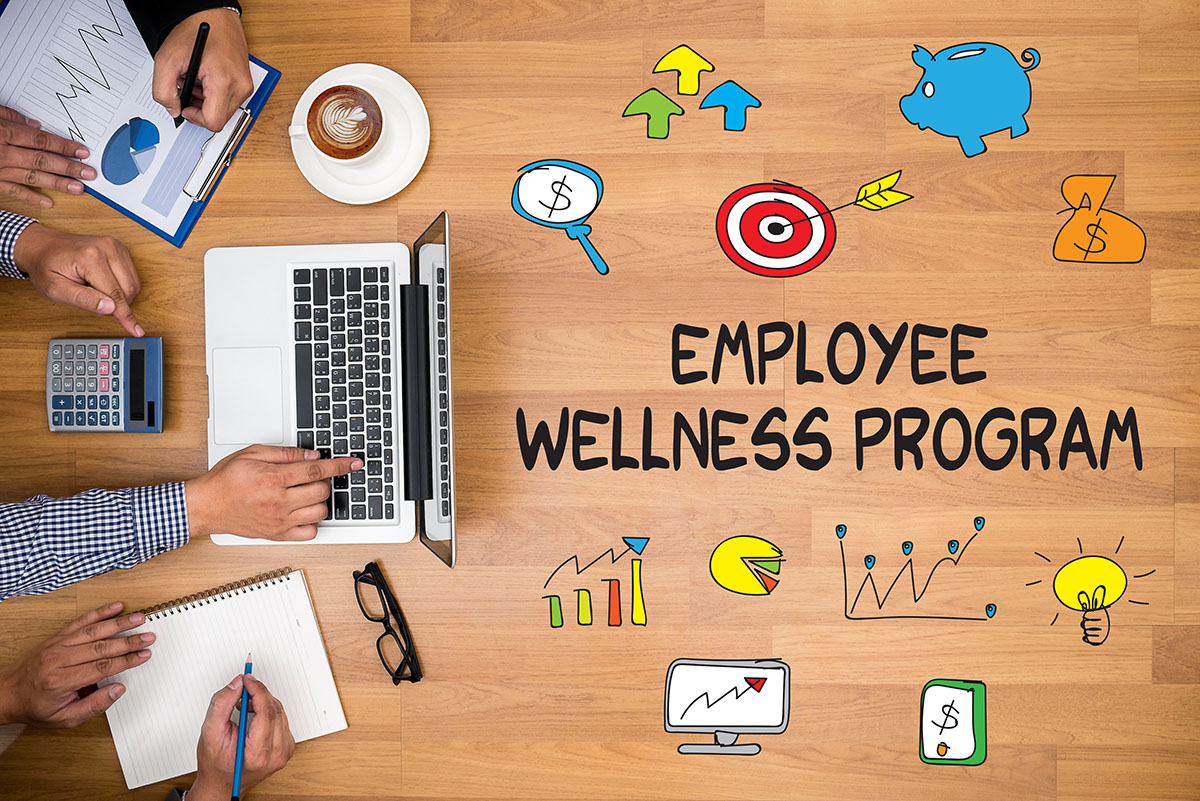Human Resources
Conducting drug testing in the workplace involves balancing legal compliance, employee rights, and workplace safety. Crossroads Drug And Alcohol Testing can help your Human Resources Department navigate the best practices for a successful drug testing program. Here are some of those best practices.
Develop a Clear Drug Testing Policy
- Document the Policy: Clearly define the purpose, procedures, and consequences of drug testing in your employee handbook.
- Specify Testing Circumstances:
- Pre-employment
- Random
- Post-accident
- Reasonable suspicion
- Return-to-duty or follow-up
- Include a Consent Process: Require employees to sign consent forms acknowledging the policy.
Ensure Legal Compliance
- Know Local and Federal Laws: Research laws governing workplace drug testing, such as the Drug-Free Workplace Act (if applicable) and state-specific regulations.
- Accommodate Medical Marijuana: In states where medical or recreational marijuana is legal, consider how these laws affect your policy.
- Avoid Discrimination: Ensure drug testing does not target specific groups and aligns with Equal Employment Opportunity Commission (EEOC) guidelines.
Use Certified Laboratories
- Partner with labs certified by organizations like the Substance Abuse and Mental Health Services Administration (SAMHSA) or Clinical Laboratory Improvement Amendments (CLIA).
- Ensure the testing process includes chain-of-custody protocols to maintain accuracy and reliability.
Communicate the Policy Clearly
- Employee Awareness: Train employees and supervisors about the policy, its purpose, and their rights.
- Supervisor Training: Educate supervisors on how to recognize signs of substance use and handle reasonable suspicion cases.
Protect Confidentiality
- Treat all drug test results and related information as confidential.
- Share results only with authorized personnel on a need-to-know basis.
Follow Fair Procedures
- Random Selection: Use impartial methods for random testing (e.g., software or third-party services).
- Confirmatory Testing: Conduct a second test (e.g., GC-MS or LC-MS) to confirm positive results.
- Allow for Explanations: Provide employees an opportunity to explain or contest results, especially if prescription drugs are involved.
Focus on Rehabilitation Over Punishment
- Offer assistance through an Employee Assistance Program (EAP) for employees struggling with substance use.
- Provide a path to return to work after rehabilitation if appropriate.
Regularly Review and Update Policies
- Stay Current: Adjust policies based on changing laws, workplace needs, and feedback.
- Audit Procedures: Periodically evaluate the effectiveness of your drug testing program.
Minimize Workplace Disruption
- Schedule drug testing to avoid interrupting operations.
- Handle testing discreetly to maintain employee morale and trust.
Consult Legal and HR Professionals
- Work with legal counsel and HR experts to ensure your program is compliant, ethical, and effective.
By following these practices, HR can create a drug testing program that promotes safety, respects employees’ rights, and minimizes legal risks.

